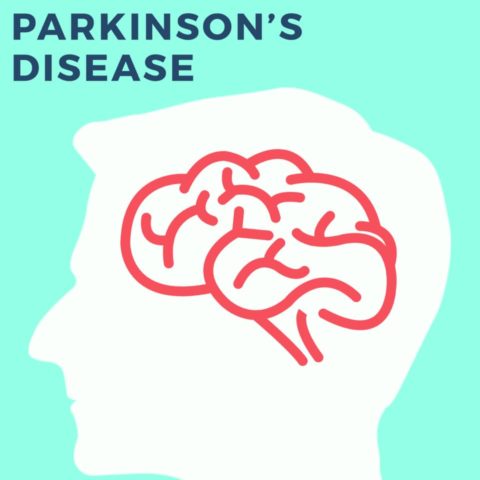Parkinson’s Disease – Risk, Symptoms, Stages
Parkinson’s disease (PD) is a progressive movement disorder that occurs due to the loss of nerve cells that produce chemical transmission in the brain called dopamine.
Table of Contents
Parkinson’s Disease -Definition
PD is a nervous system disorder that gets worse over time. When the brain cells that control movement dies, it affects our physical abilities, and how we feel.
Parkinson’s disease can’t be cured, but there are medications available to reduce the symptoms.
What are the risk factors of Parkinson’s disease
Causes of Parkinson’s is not known, but the factors below increase your chances of developing it.
- Age – The majority of people diagnosed with Parkinson are at 60 years of age or older.
- Genetic – the scientist has linked many genes associated with the abnormalities. This means the disease can be inherited.
- Environmental factors – such as exposure to toxins substances increases your risk.
Symptoms
The disease has two types of symptoms;
- Motor functioning – These are how the body moves. This includes resting tremors, trouble with balance, stiffness.
- Non-motor symptoms – These are psychological factors such as Delusion, anxiety, and dementia.
Stages
Parkinson’s gets worse over time, and symptoms vary. The early stage of Parkinson’s disease shows little signs.
The main stages of Parkinson’s are;
- Stage 1 – The patient has no limit to daily activity. The symptoms are mild and only affect one side of the body with involuntary movement.
- Stage 2 – The patient started taking longer to complete daily activities.
- Stage 3 – The patient has significantly low physical abilities, loses balance more often. This stage is considered the mid-stage of the disease.
- Stage 4 – The patient needs help with daily activities as the symptoms become severe.
- Stage 5 – The patient is unable to function independently and needs help with all daily activities.
Disclaimer: Any action you take upon the information presented in this article is at your own risk. This article is strictly for informational purposes. The author is not a medical practitioner and as such you should not substitute the information here for professional advice.











